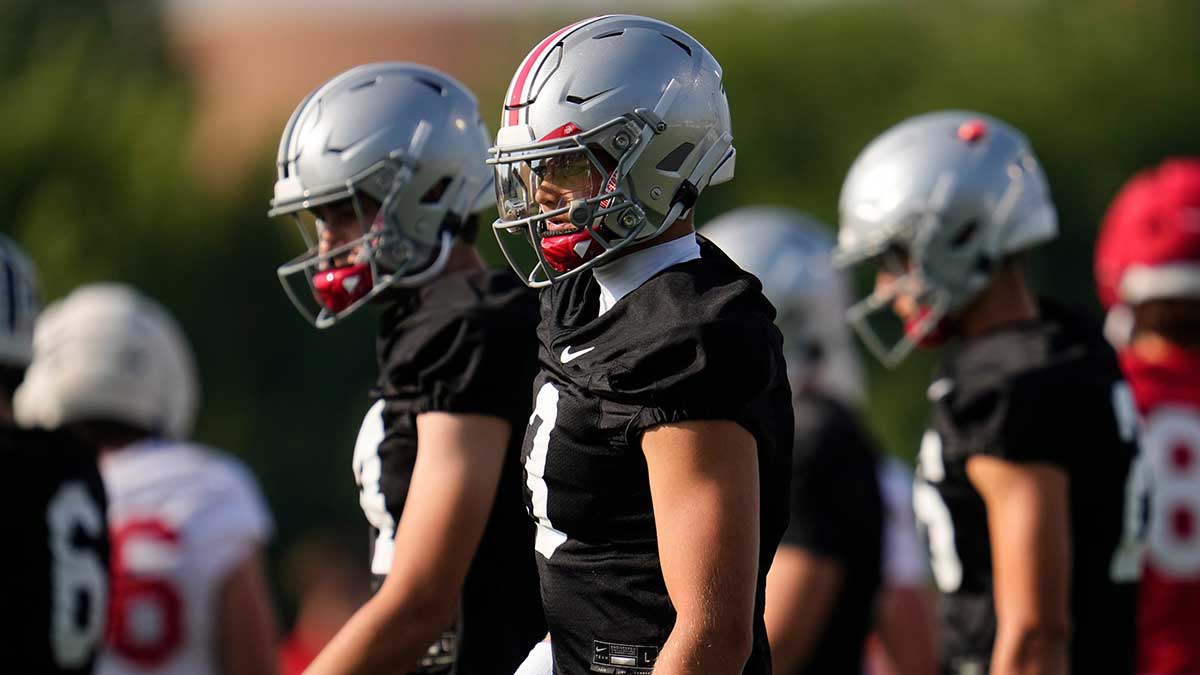The 2025 WNBA season marks a landmark evolution in the league’s postseason structure, reflecting its robust growth, surging fan interest, and alignment with top-tier professional basketball standards. It was not only another year of record-breaking attendance and media exposure but also a transformative shift in how the league structures its postseason. As the visibility of women’s basketball continues to soar, propelled by the stardom of new generation players, expansion into new markets, and an aggressive media and branding push, the WNBA responded with sweeping structural reforms aimed at matching the league’s growing prestige.
For the regular season, the league expanded from 40 games in previous seasons to a historic 44‑game slate per team, which was driven by increasing demand and the addition of the Golden State Valkyries, the league’s 13th franchise, which debuted this year. The expansion allows for greater revenue opportunities, broader exposure, and elevated competition across all teams, which are set to carry over to this year's playoffs.
From 13 teams. 226 games.
To 2.5M fans.
The W is bigger than ever 🙌 https://t.co/bYepgufMeQ— WNBA (@WNBA) August 21, 2025
Building on this growth, the 2025 WNBA postseason structure underwent notable refinement. The W maintained its bracket-style playoff setup with three rounds — the first round or quarterfinals, the semifinals, and the WNBA Finals — continuing the elimination format introduced in 2022 that eliminated byes and single-elimination games but dramatically shifting the first round to a 1‑1‑1 home‑court format. Eight teams qualify for the playoffs, seeded regardless of conference and based solely on their regular-season records.
Crucially, the best‑of‑three series rectifies past imbalances where the higher seed enjoyed two initial home games and lower seeds were at a disadvantage if the series went long. Under the 1‑1‑1 structure, the higher seed hosts Games 1 and 3, while the lower seed hosts Game 2, ensuring that both teams are guaranteed at least one home game. This change enhances fairness, gives the lower-seeded team a home-court chance, and reflects feedback from teams and the league’s Competition Committee, which emphasized equitable access to home advantage.
The semifinals remain a best‑of‑five series utilizing the 2‑2‑1 home‑court format, where the higher seed hosts Games 1, 2, and 5, and the lower seed hosts Games 3 and 4. This continuity maintains stability in the league’s middle round, balancing higher seed advantage while promoting competitive integrity.
The most significant transformation comes in the WNBA Finals, which for the first time in league history have expanded to a best‑of‑seven series, structured in the 2‑2‑1‑1‑1 format identical to the NBA Finals. In this setup, the higher seed hosts Games 1, 2, 5, and 7, while the lower seed hosts Games 3, 4, and 6. The transition to a seven-game series enriches the championship round, offering deeper competition, more revenue streams, and aligning the premier women’s basketball conclusion with the broader expectations of professional sports fans.
Altogether, the expanded playoff format enhances competitive equity, provides fans with more compelling basketball, and reflects the league’s maturity. The guaranteed minimum of nine postseason games for the champion — three in the first round, five in the semis, and one extra game in a full seven-game Finals — boosts exposure, player opportunities, and media value.
These changes also come amid broader structural and promotional enhancements in the 2025 WNBA season. The inclusion of the Commissioner’s Cup, carried over from the last few previous campaigns, offers an in-season tournament element that culminates in a standalone championship between the top teams from each conference. The Cup energizes midseason engagement and incentivizes regular-season performance within the 44‑game stretch.
From a strategic standpoint, the 1‑1‑1 first-round structure compels teams to value every single game since there's less margin for error, and lower seeds can lean into their home game as a potential turning point. Semifinals maintain the reward for the better regular-season team, while the Finals test depth, coaching adjustments, and endurance across an extended series.
Logistically, the expanded playoff timeline pushes the season deeper into September and October. Based on official dates published by the WNBA, the first round is scheduled around September 14, the semifinals follow in late September, and the Finals are projected to span early to mid-October, with Game 7 expected to be played around October 17.
The WNBA’s reimagined playoff format brings several fundamental shifts: A 1‑1‑1 first-round structure that ensures fairness, retention of a balanced semifinals format, and a groundbreaking best‑of‑seven Finals that places the league’s climactic series on par with the NBA. Coupled with a full 44‑game regular season and sustained midseason tournaments like the Commissioner's Cup, the 2025 structure reflects the league’s ambition, responsiveness to feedback, and evolution into a premier global sports product.
The WNBA’s commitment to competitive excellence and innovation also plays a crucial role beyond just its branding and marketing decisions. The revamped playoff system is not merely about game structure — it’s about making a statement. In the era of NIL deals, NCAA superstars turning into WNBA superstars overnight, and a growing investment in women’s sports, the W is making strategic choices that support its plans for long-term growth and visibility. The postseason format is one piece of a larger, well-crafted puzzle that’s turning the WNBA into one of the most compelling leagues in professional sports.
The 2025 WNBA playoff format reflects a bold and thoughtful recalibration of how the league structures its most important games. The new format ensures a more equitable, compelling, and profitable postseason while raising the competitive stakes for teams and players alike.
By transitioning the Finals to a seven-game series and modifying the earlier rounds to increase fairness and exposure, the W has built a playoff environment that more accurately rewards team excellence and sustains fan interest across the full length of the postseason. It also elevates the league’s image on a national and international scale, reinforcing the WNBA’s status as not just a women’s league, but a premier basketball league — period. The W has proven that its growth is not just a trend but an institution in the making, and the new playoff format is one of the clearest signs that the league is playing for the long haul.



















